Creating your own campaign setting in tabletop roleplaying
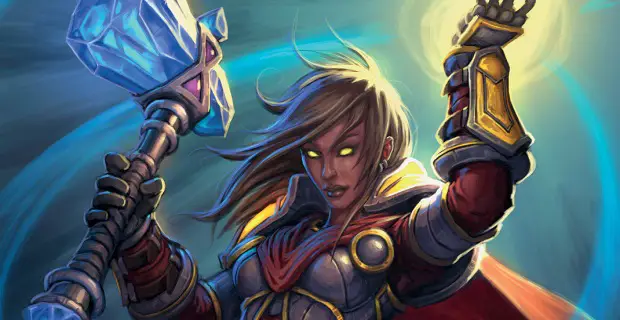
Okay, so you’ve decided you want to create your own world in your weekly tabletop game. Maybe you’re playing D&D or Pathfinder or any one of innumerable other games that don’t lock you to a particular setting, like say GURPS or the HERO System. On top of that, you’re tired of having your game be set in a prepackaged campaign setting like Golarion or the Forgotten Realms or what have you. So how do you go about it?
There are a lot of different ways you can approach this. I’ve done it a few times, so I’ll detail how I did it, and from there you can iterate how you please!
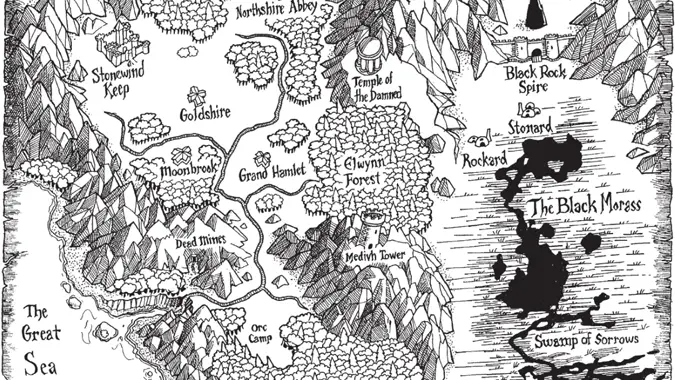
Think about the game you’re running
The game you and your group will be playing should inform the world you set it in. For example, my first homebrew campaign was called Scarver’s Wood and was set in a large forested area on the outskirts of several cities, two to the north, one to the west, and three to the south. Each of these cities was created to basically be the home base for a specific D&D character class that existed at the time — so Monks were from Edarbas to the south, while Barbarians came from the uncivilized east which had no cities on the map, Rangers and Druids were native to the Scarver’s Wood itself, and so on. You absolutely don’t have to do it this way, but at the time it meant that I had a quick idea of what the customs and societies of each area and could fill it in more as time progressed.
Another way to think about this is, when you get your party put together, ask your players questions and use those questions to inform your world. If you have a player who wants to play a hyper-intelligent Gnome Wizard, for example, think about where in your game world she could be from. If you already had a city with a magic academy, great! But if you don’t have a place that really stands out to you as a good location for your player’s Wizard, then think about how you could fit them in — since you’re playing D&D and you know you have Fighters and Rogues and so on, you’ll be guided to design places where all these classes could come from.
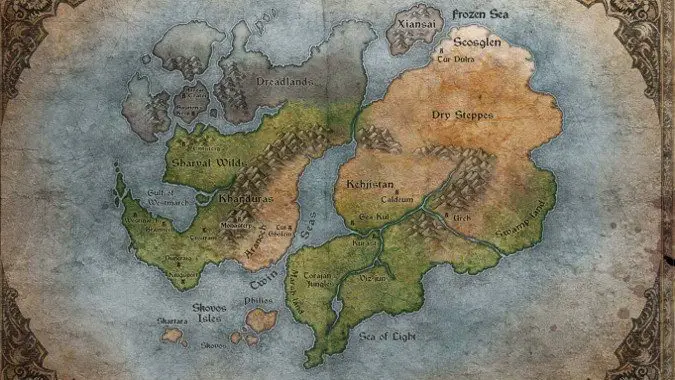
Build it piece by piece
One approach to campaign design I’ve always enjoyed is to start as small as possible and only build what you need for the games you run as you run them. You start off in a single location — say, a small town on the outskirts of civilization — and you stay as vague as possible as long as possible when it comes to questions like, “What country are we in, “only answering them when it becomes necessary. As an example, when your players outgrow the starting location and need to go somewhere else to have more adventures.
Design, say, the hamlet of Villarg, a nearby dungeon that used to be a lord’s keep and is now a half-collapsed ruin named the Keep of Despair that’s big enough and has enough loot and adventure to last them a few sessions, with a few notable local NPCs for your party, and then see where you end up. Maybe one of your players will decide they want to pursue the High Priest of Darkness who escaped the Keep, and the rest of the players agree — now you know you need to design the next location, and that gives you an idea that Villarg is five day’s ride from Oceandepth, a large port city whose Lord Mayor controls the area around the city including Villarg itself. You design Oceandepth, which becomes essentially the home base for your party for quite some time. None of this is terribly original, but as you play, the setting grows and the players help make it grow with their decisions.
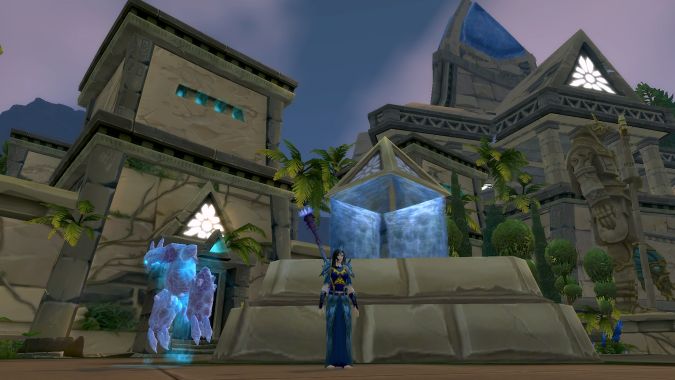
Junior Cartographer’s Guild
One of my more recent campaign settings is called the Riatan, and it’s based on a picture I found online of Antarctica without icecaps. From there, I looked at the remaining land features and thought about where the rivers and mountains and so on could be, and started creating cities in my head for the players to eventually explore. The history of the setting came from explaining where all these cities came from and how they fit into a D&D game — where do the Orcs live, the Elves, the Dwarves, and so on?
You can also draw your own campaign maps and they don’t have to be even remotely “good” in terms of how much like a real map they look — you can just sit down with a pen and sketch out some ideas and then start working to fill them in. The longest campaign I ever ran was set in a world I called Etreanas, named by and for the oldest empire on that world, a now-vanished civilization home to a people called the Etriad. I came up with cities and nations more or less at random that time, just drawing them into the map and patterning them on real world cultures and locations that I kind of mixed and matched together. This goes into the next idea for designing your own campaign setting.
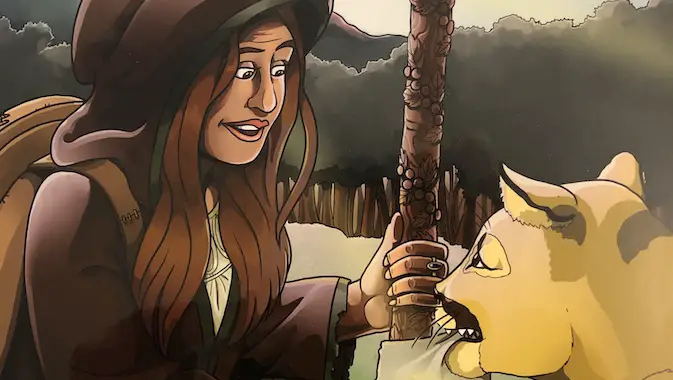
It’s not plagiarism if you’re never going to publish it
For example, the Naeth people of the Etriad setting were essentially a melange of old Germanic and Nordic nations crammed together with fantasy settings like the Aesir and Vanir from Robert E. Howard’s Conan stories and actual Norse mythology. And I wasn’t trying to be any more subtle when I created the Hentilar, who were equal parts Celtic myth, what little we know about pre-historic Celtic Iberia, and some of my own ideas. I stole from Fritz Leiber, CL Moore, Tanith Lee, Geoffrey of Monmouth, and more besides. The idea was to create a setting where I could just throw in anything from any adventure or setting book I liked and it would fit.
Do not feel the slightest bit of hesitation about deciding, “I want a classical Greece-inspired area” and just sticking it somewhere on the map to be fleshed out later. This goes for anything — if you want to steal Melnibone from the Elric novels, do it. Change the name slightly and put it anywhere it will fit. It’s your home game, go ahead and steal half of Westeros if you want.
This includes published adventures for D&D or even other games. I once ran a published adventure for a modern-day spy game called Spycraft and adapted it to a standard D&D 3.5 adventure, filing off all of the serial numbers and replacing the flavor with that of Nullgate, the big free city that I’d established in the far north of the Etriad setting. Homebrew settings mean that you’re never beholden to any published setting and so, when a new version comes out, you don’t have to worry about these gods suddenly dying or this powerful, important Wizard suddenly being less powerful or what have you. You can unleash your players on your world without ever having to worry that they’ll break something — in fact, that’s part of the fun.
Take whatever approach works for you, or try others — you can, for example, design your campaign setting collectively by having your players help you brainstorm out what kind of setting you’d all like to play. That’s how I got the As Astra campaign, which was set in the future and was kind of a planetary romance involving magic and high tech terraforming of Venus, the Moon, Mars, various asteroids, and a whole lot besides. Another approach is blatant adaptation of a novel series you all love but which doesn’t have a published campaign setting as far as you know, like David Eddings’s The Elenium. There are all sorts of ways to do your own homebrew setting, more than I could cover in an article twice this long.
Originally posted 12/23/2019. Updated 2/3/2022.
Please consider supporting our Patreon!
Join the Discussion
Blizzard Watch is a safe space for all readers. By leaving comments on this site you agree to follow our commenting and community guidelines.
 @MatthewWRossi
@MatthewWRossi



